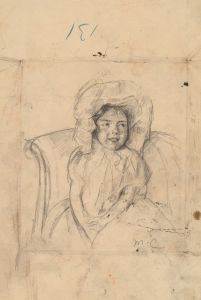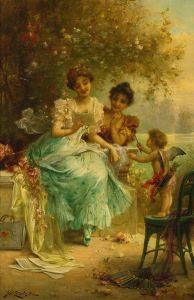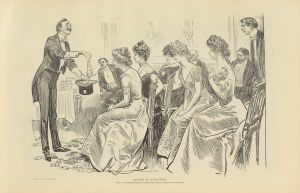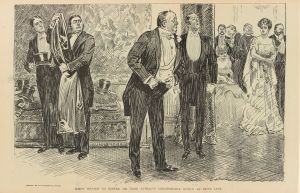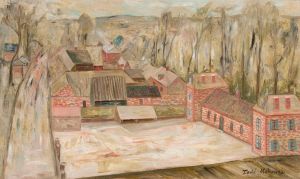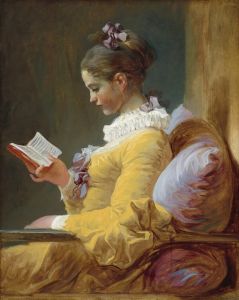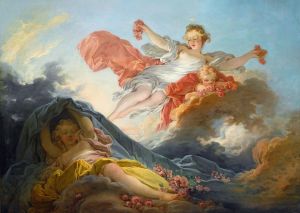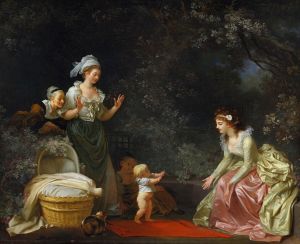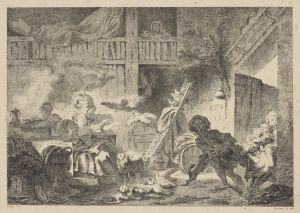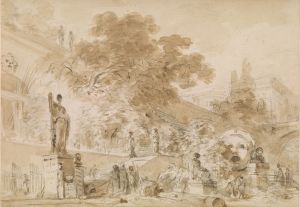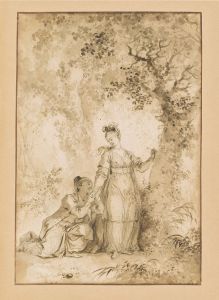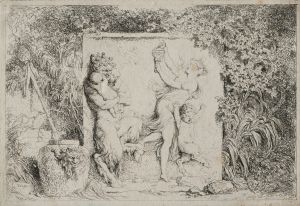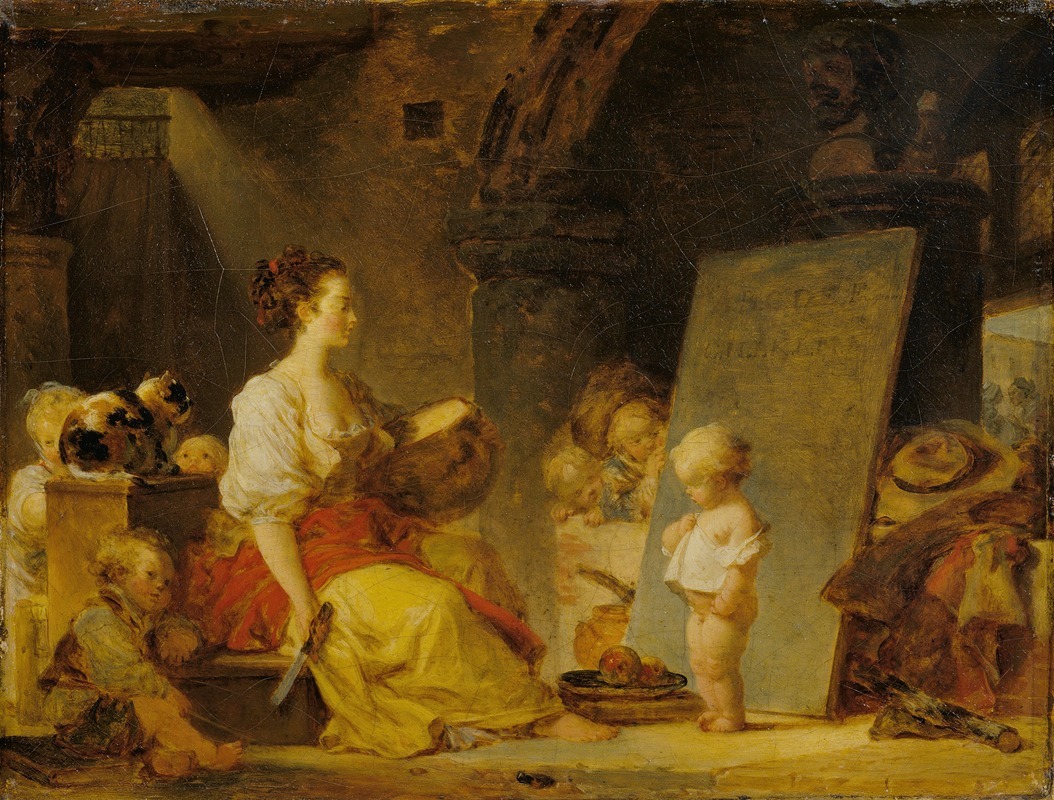
Dites donc s’il vous plaît
A hand-painted replica of Jean-Honoré Fragonard’s masterpiece Dites donc s’il vous plaît, meticulously crafted by professional artists to capture the true essence of the original. Each piece is created with museum-quality canvas and rare mineral pigments, carefully painted by experienced artists with delicate brushstrokes and rich, layered colors to perfectly recreate the texture of the original artwork. Unlike machine-printed reproductions, this hand-painted version brings the painting to life, infused with the artist’s emotions and skill in every stroke. Whether for personal collection or home decoration, it instantly elevates the artistic atmosphere of any space.
Jean-Honoré Fragonard was a prominent French painter and printmaker whose work is often associated with the Rococo movement. Known for his exuberant and hedonistic style, Fragonard's paintings frequently depict scenes of romance, leisure, and playful intimacy. One of his lesser-known works is "Dites donc s’il vous plaît," which translates to "Say Please" in English. However, there is limited information available about this specific painting, and it is not as widely documented or studied as some of his other works like "The Swing" or "The Progress of Love" series.
Fragonard was born in 1732 in Grasse, France, and he showed an early aptitude for art. He moved to Paris to study under François Boucher, another leading Rococo artist, and later won the prestigious Prix de Rome, which allowed him to study in Italy. His time in Italy greatly influenced his style, as he was exposed to both the grandeur of the Baroque and the emerging Neoclassical trends. However, Fragonard remained committed to the Rococo style, characterized by its lightness, elegance, and use of pastel colors.
The Rococo movement, which Fragonard was a part of, emerged in early 18th-century France as a reaction against the grandeur and strict regulations of the Baroque period. It was characterized by ornate detail, playful themes, and an emphasis on the carefree aristocratic lifestyle. Fragonard's work often exemplified these qualities, capturing moments of joy, flirtation, and whimsy.
"Dites donc s’il vous plaît" fits within this context, although specific details about the painting's composition, dimensions, and current location are not well-documented in public records. Like many of Fragonard's works, it likely features a scene of social interaction or a moment of gentle humor, rendered with his characteristic fluid brushwork and vibrant color palette.
Fragonard's career was notably impacted by the French Revolution, which led to a decline in the popularity of Rococo art as the public's taste shifted towards Neoclassicism and Romanticism. Despite this, Fragonard continued to paint and adapt his style, though he never regained the same level of acclaim he enjoyed before the Revolution. He died in 1806, leaving behind a legacy of works that continue to be celebrated for their technical skill and joyful expression.
While "Dites donc s’il vous plaît" may not be as extensively studied or exhibited as some of Fragonard's other paintings, it remains a part of his broader oeuvre that captures the essence of the Rococo spirit. His ability to convey emotion and narrative through dynamic compositions and delicate details ensures that his work continues to be appreciated by art historians and enthusiasts alike.





